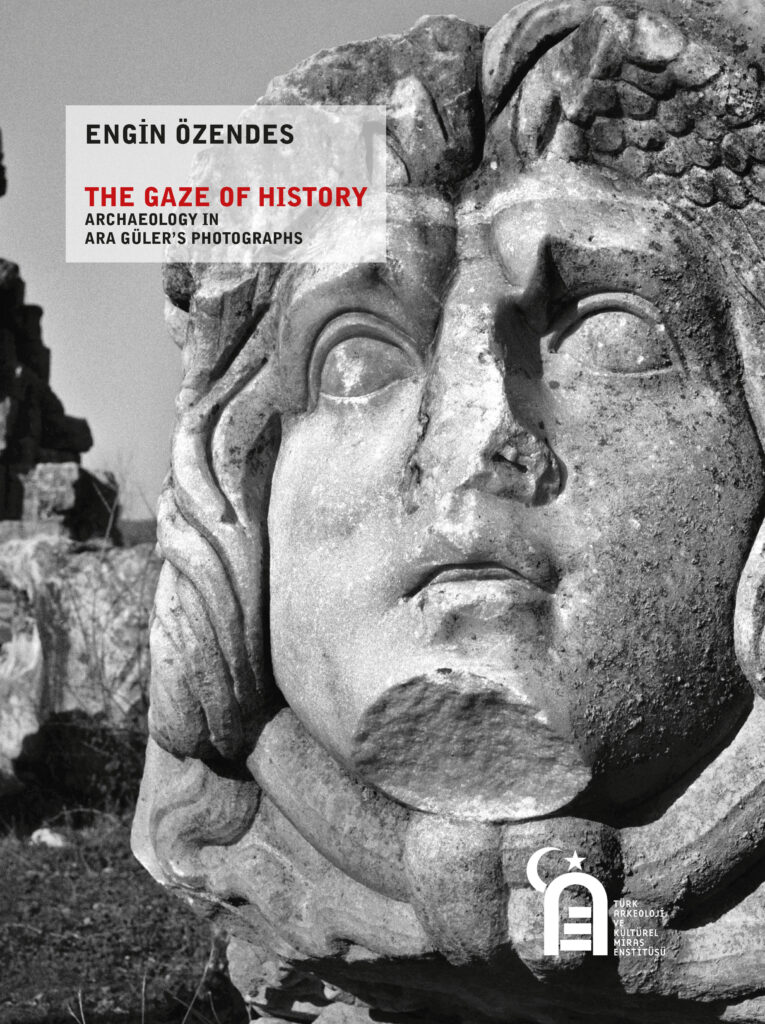
Engin Özendes, in The Gaze of History: Archaeology in Ara Güler’s Photographs, elucidates how the invention of photography in 1839 broke new ground in the history of humanity. She explores how photography affected the entire society and the daily life, how it transformed the works of scholars, archaeologists, architects, ethnographers, painters, and arts & sciences in general.
Özendes starts with the engravers who have illustrated the travel books before Daguerre’s great discovery. She then goes through all the important figures: from Pierre Gustave Joly de Lotbiniére (who captured the first images with a Daguerreotype first in Greece and then in Egypt, Palestine, Syria, and Anatolia) to James Robertson; from Kargopoulo (who opened his first studio in Beyoğlu) to Pascal Sébah (who prepared the book Les Costumes Populaires de Turquie en 1873, together with Osman Hamdi Bey, for the world exhibition in Vienna), from Abdullah Brothers, George Saboungi, Guillaume Berggren to Ali Sami Aközer. The book maps out old masters who have photographed archaeological sites in the Ottoman lands.
Özendes emphasizes that photographing archaeology cannot be done without a documentary apprehension, and this must be done with an aesthetic concern.
Thus, when Özendes describes Ara Güler as the master of documentary photography and interprets how the aesthetic values in his archaeological photographs are shaped, she emphasizes the fact that Güler’s documentary work on archaeological remains goes beyond the ordinary photographing act.
Seen from this perspective, Ara Güler’s photographs, ranging from Aphrodisias to Nemrut, from Didyma to Karakorum and Göktürk Inscriptions, invite us into the stories they tell: Güler’s works have the power to send us back through the history with its visual richness, use of light, view of the object, knowledge, and experience.
In the Turkish Archaeology and Cultural Heritage Institute, we believe that Özendes’s rewarding investigation will contribute significantly to Türkiye’s archaeological wealth.
AB-TR Anadolu Arkeoloji ve Kültürel Miras Enstitüsü Projesinin tüm bileşenleri tamamlanmış olup, Türk Arkeoloji ve Kültürel Miras Enstitüsü kuruluş çalışmaları, 7439 sayılı Türk Arkeoloji ve Kültürel Miras Vakfı Kanunu ile tamamlanmıştır.
Daha fazla bilgi için: takme.org
This will close in 0 seconds